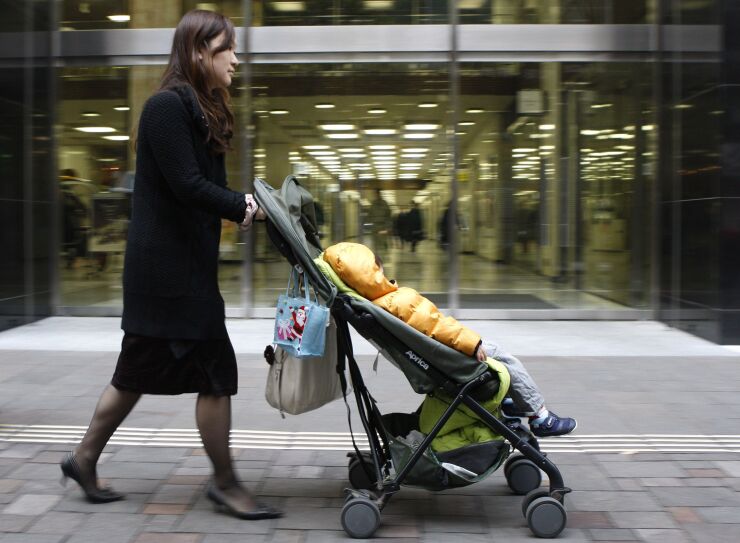Child care demands at home skyrocketed during the pandemic, but men and women did not split the burden equally.
Globally, women took on 173 additional hours of
Women have felt many of the pandemic's worst economic effects, including an estimated $800 billion in lost income, in large part due to increased demands on their time at home. The COVID-19 recession
Read more:
Charles Kenny, a senior fellow at the Center for Global Development and one of the study’s authors, said the pandemic merely exposed existing gender disparities. In 2017, a Pew Research Center report found moms did more than twice as much child care as dads in the U.S. Globally, the gap varies widely, but an OECD survey found women spend an average of between three and six hours on caretaking, compared to an average of 30 minutes to two hours for men.
“Every year, year in year out, there are trillions of hours of unpaid care work being done, the considerable majority by women,” he said. “We are not going to get to a world that sees gender equality until that burden is more evenly shared.”
The study used figures from Unesco and the OECD to measure the number of children home from school and the average time men and women in various countries spent on unpaid childcare before the pandemic. In India, where school closures added 176 billion hours of child care, the study estimated women took on more than 10 times the burden men did.
Some governments tried to help families with child care needs. Canadian Prime Minister Justin Trudeau proposed a measure aiming to lower the cost of daycare to C$10 a day. Australian lawmakers are considering a budget that would pour A$1.7 billion into childcare subsidies, removing annual caps on support for many families and increasing payments to families with multiple children. The U.S. government, for its part, allocated $53 billion to keep day care centers from closing during the pandemic.
Read more:
In many places, those measures haven’t been enough to
“The exhaustion, the stresses on families—they don’t just go away when kids go back to school,” he said. “This could be something that has a fairly long shadow.”






